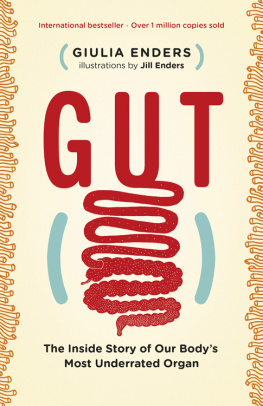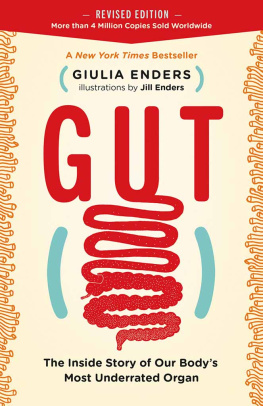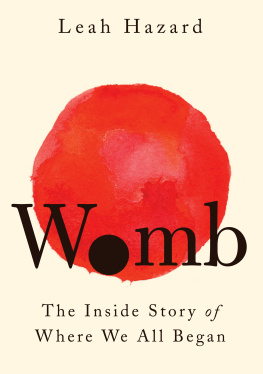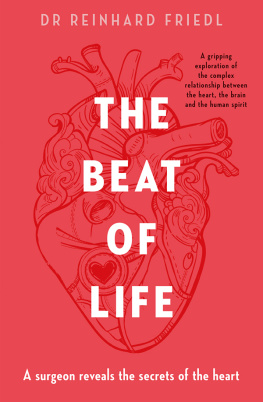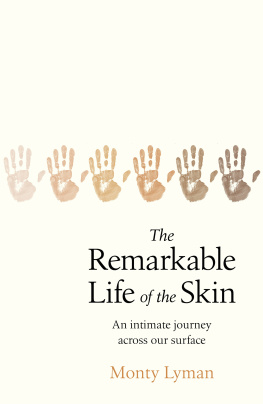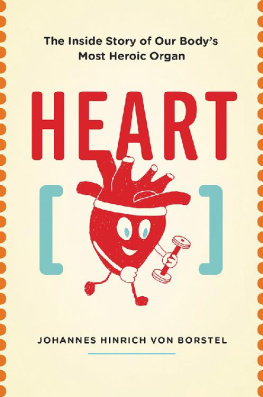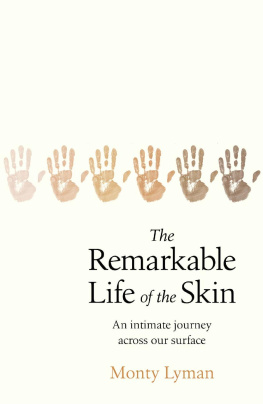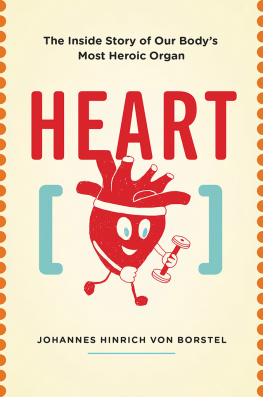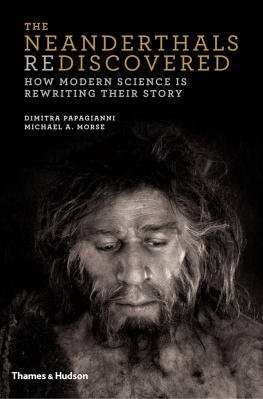Copyright 2015 by Giulia Enders
Illustrations copyright 2015 by Jill Enders
Translation copyright 2015 by David Shaw
Originally published in Germany as Darm mit Charme by Ullstein in 2014
First published in English by Scribe in 2015
All rights reserved. No part of this book may be reproduced, stored in a retrieval system or transmitted, in any form or by any means, without the prior written consent of the publisher or a license from The Canadian Copyright Licensing Agency (Access Copyright). For a copyright license, visit www.accesscopyright.ca or call toll free to 1-800-893-5777
Greystone Books Ltd.www.greystonebooks.com
Cataloguing data available from Library and Archives Canada
ISBN 978-1-77164-149-4 (pbk.)
ISBN 978-1-77164-150-0 (epub)
Editing by Jane Billinghurst
Cover and interior illustrations by Jill Enders
Cover design by Peter Cocking
Distributed in the U.S. by Publishers Group West
We gratefully acknowledge the financial support of the Canada Council for the Arts, the British Columbia Arts Council, the Province of British Columbia through the Book Publishing Tax Credit, and the Government of Canada through the Canada Book Fund for our publishing activities.
The advice provided in this book has been carefully considered and checked by the author and the publisher. It should not, however, be regarded as a substitute for competent medical advice. Therefore, all information in this book is provided without any warranty or guarantee on the part of the publisher or the author. Neither the author nor the publisher or their representatives shall bear any liability whatsoever for personal injury, property damage, and financial losses.
THE WORLD IS a much more interesting place if we look beyond what is visible to the naked eye. There is so much more to see! If we start to look more closely, a tree can be more than a spoon-shaped thing. In a highly simplified way, spoon is the general shape we perceive when we look at a tree: a straight trunk and a round treetop. Seeing that shape, our eyes tell us spoon-like thing. But there are at least as many roots beneath the ground as there are branches above it. Our brain should really be telling us something like dumbbell, but it doesnt. The brain gets most of its input from our eyes, and that information is very rarely in the form of an illustration in a book showing trees in their entirety. So, it faithfully construes a passing forest landscape as spoon, spoon, spoon, spoon.
As we spoon our way through life like this, we overlook all sorts of wonderful things. There is a constant buzz of activity beneath our skin. We are perpetually flowing, pumping, sucking, squeezing, bursting, repairing, and rebuilding. A whole crew of ingenious organs works so perfectly and efficiently together that, in an adult human being, they require no more energy than a 100-watt light bulb. Each second, our kidneys meticulously filter our bloodmuch more efficiently than a coffee filterand in most cases they carry on doing so for our entire lives. Our lungs are so cleverly designed that we use energy only when we breathe in. Breathing out happens without any expenditure of energy at all. If we were transparent, we would be able to see the beauty of this mechanism: like a wind-up toy car, only bigger, softer, and more lung-y. While some of us might be sitting around thinking Nobody cares about me!, our heart is currently working its seventeen-thousandth twenty-four-hour shiftand would have every right to feel a little forgotten when its owner thinks such thoughts.
If we could see more than meets the eye, we could watch as a clump of cells grows into a human being in a womans belly. We would suddenly see how we develop, roughly speaking, from three tubes. The first tube runs right the way through us, with a knot in the middle. This is our cardiovascular system, and the central knot is what develops into our heart. The second tube develops more or less parallel to the first along our back. Then it forms a bubble that migrates to the top end of our body, where it stays put. This tube is our nervous system, with the spinal cord, including the brain, at the top and myriad nerves branching out into every part of our body. The third tube runs through us from end to end. This is our intestinal tubethe gut.
The intestinal tube provides many of the furnishings of our interior. It grows buds that bulge out farther and farther to the right and left. These buds will later develop into our lungs. A little bit lower down, the intestinal tube bulges again and our liver has begun to develop. It also forms our gall bladder and pancreas. But, most importantly, the tube itself begins to grow increasingly clever. It is involved in the complex construction of our mouth, creates our esophagus, with its ability to move like a break dancer, and develops a little stomach pouch so we can store food for a couple of hours. And, last but not least, the intestinal tube completes its masterpiecethe eponymous intestine or gut.
The masterpieces of the other two tubesthe heart and the brainare generally held in high regard. We see the heart as central to life since it pumps blood around the body. The brain is admired for its ability to create a dazzling array of new mental images and concepts every second. But the gut, in most peoples eyes, is good for little more than going to the toilet. Apart from that, people think, it just hangs around inside our bellies, letting off a little steam every now and then. People do not generally credit it with any particular abilities. It would be fair to say that we underestimate our gut. To put it more bluntly, we dont just underestimate it, we are ashamed of itmore guilt feeling than gut feeling!
I hope this book will change that by making use of the wonderful ability that books possess to show us more than the world we see around us. Trees are not spoons, and the gut is our bodys most underrated organ. This is its inside story.
How Does Pooping Work?
And Why Thats an Important Question
MY FLATMATE WANDERED into the kitchen one day, saying, Giulia, you study medicineso how does pooping work? It probably wouldnt be a great idea for me to begin my autobiography with that question, but that little query did literally change my life. I withdrew to my room, sat on the floor, and was soon poring over three different textbooks. The answer I eventually discovered left me flabbergasted. This unspectacular daily necessity turned out to be far more sophisticated and impressive than I ever would have imagined.
Every time we go to the toilet, its a masterly performancetwo nervous systems working tirelessly in tandem to dispose of our waste as discreetly and hygienically as possible. Very few other animals do their business in such an admirable and orderly manner. Our bodies have developed all sorts of mechanisms and techniques to help us poop properly. The first surprise is the sophistication of our sphincters. The vast majority of people are familiar only with the outer sphincter: the muscle we can consciously control, opening and closing it at will. There is another, very similar muscle close bybut this is one we cant control consciously.
Each of the two sphincters looks after the interests of a different nervous system. The outer muscle is a faithful servant of our consciousness. When our brain deems it an unsuitable time to go to the toilet, the external sphincter obeys and stays closed with all its might. The internal sphincter represents our unconscious inner world. Whether Great-Aunt Bertha approves of breaking wind or not is no concern of the sphincter ani internus. It is only interested in making sure everything is okay inside us. Is the gas pressure rising? The inner sphincters mission is to keep all unpleasantness at bay. If it had its way, Great-Aunt Bertha would break wind more often. The main thing for the internal sphincter is to keep everything comfortable and in its place.
Next page
